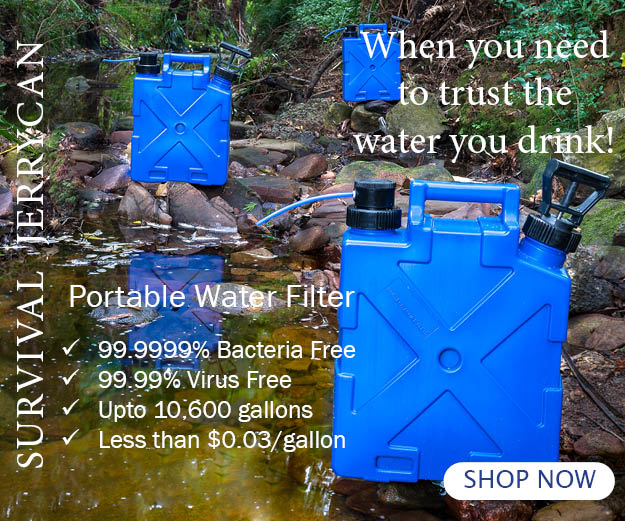Ozonation For Cleaning Drinking Water: What Everyone Should Know
Ozone: Details About A Very Special Form of Oxygen
Ozone or O3 is a special chemical form of Oxygen gas. 3 Oxygen molecules bind together and form ozone. O3 is a very powerful purifier and disinfectant due to its special chemical nature. Oxygen is the most important gas for surviving on this earth as it helps in body’s metabolic activity. Normal oxygen that a person takes in as part of respiration consists of two molecules of Oxygen bound together. The process that uses O3 for purifying water is defined as ozonation.
A sudden storm in the summer makes you feel the freshness in the air; this is the smell of ozone formed by lightning bolts during the storm. UV rays also produce ozone by inducing chemical binding between the normal O2 and free oxygen radical present in the air.
How Does The Concept of Ozonation Works?
In ozone particles, one oxygen atom is weakly bound with the natural O2 molecule. The weak bond known as covalent bond allows the Oxygen atoms to have higher affinity to other organic substances like bacteria, viruses and other microorganisms. When a single atom of Oxygen attaches with an organic substance or body, oxidization occurs and the byproduct in this reaction is a simple single oxygen atom (O-).
Ozonation Process: The Synthetic Process In Water Purifiers
Synthetic purification of water follows the basic principle of natural ozonation. In ozone water purifiers, the system consists of an ozone generator that produces O3 artificially. The chemical process is similar to the natural (sunlight, UV rays, lightning bolt induced) ozonation processes. Inside the chamber, a high UV ray source is installed and the ray converts some oxygen into ozone. Upper atmosphere of the earth consists of an Ozone layer that protects us from the harmful UV rays; the natural principle is followed in this synthetic purification process.
Once the generator has produced ozone, the gas passes through a diffuser and thus ozone-saturated bubbles are formed. Bubbles are then allowed to mix with water and then water is reserved inside the purification tank. Ozone bubbles let the single oxygen atom free to attach with the organic molecules present in water and ultimately oxidization takes place. In simple words, ozone eats up the harmful organic molecules and purifies water.
The above mentioned process denotes a simple explanation of the concept of ozonation. The chemical reactions and processes are much complex and that’s why a researchable subject.
Advantages and Disadvantages
One major advantage of using ozonation for cleaning drinking water is the fact that it is more effective than the use of chlorine to kill bacteria and viruses. Also, ozone decomposes fast which is why there are no expected harmful residuals after using the process.
One of the disadvantages of using ozone in cleaning water is the fact that it can be irritating and even toxic. Low dosage may not be able to get rid of cysts and viruses. In addition, this type of water treatment can be quietly costly.
You can find the elaborated chemical procedures online and learn more about the mechanisms. International health organizations have their guidelines and suggestive articles on purifying water by Ozone gas. However, ozonation process purifies the water to the utmost level and a properly mediated process can assure the drinkable water quality.


